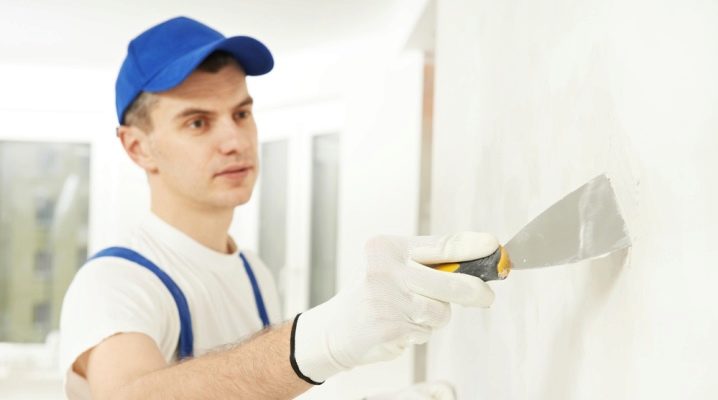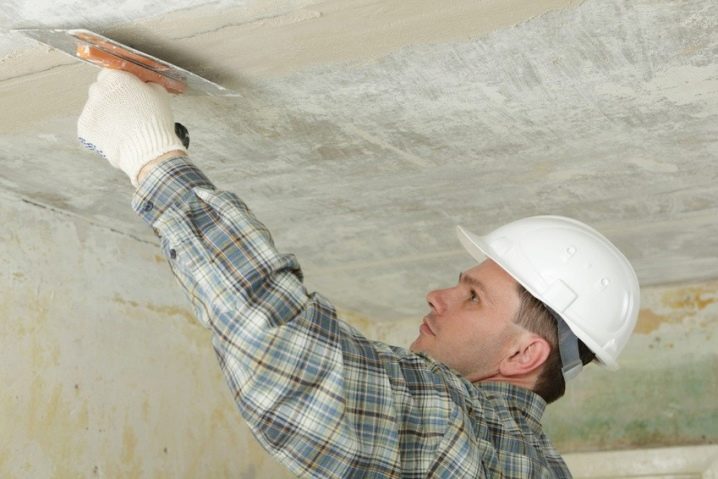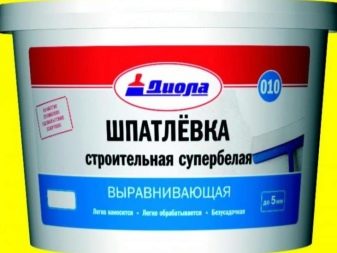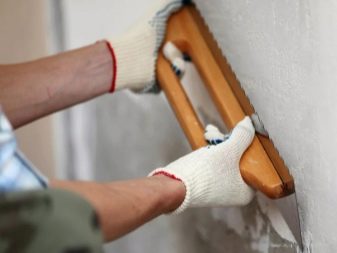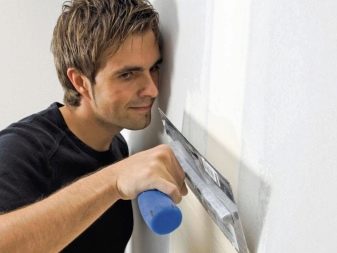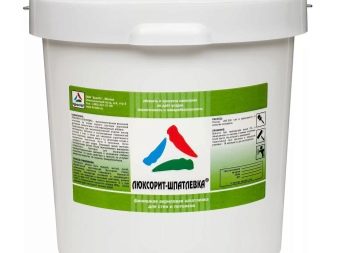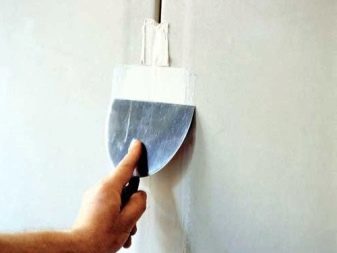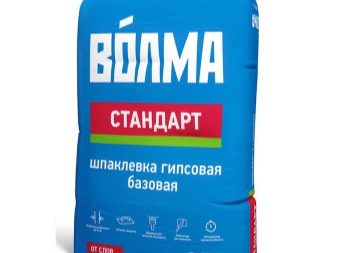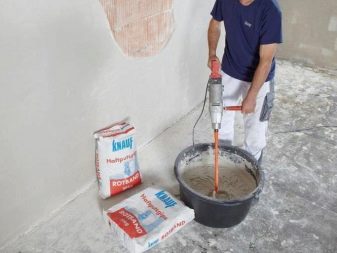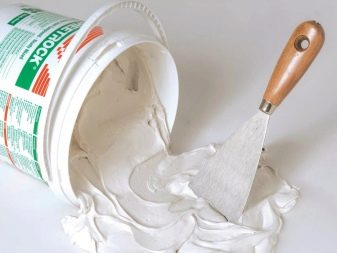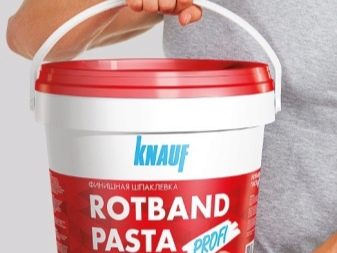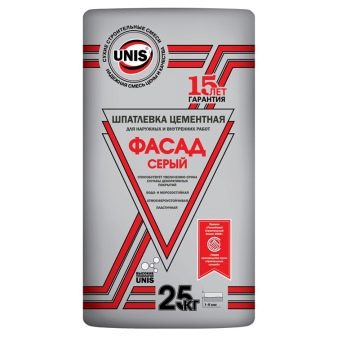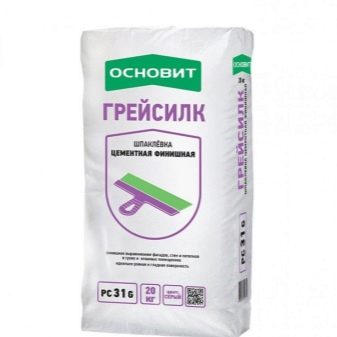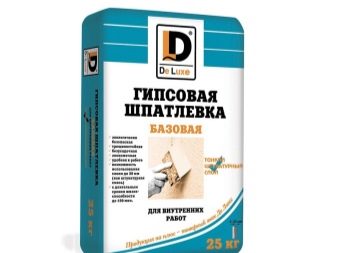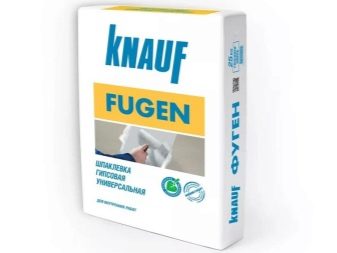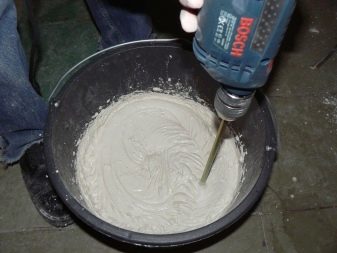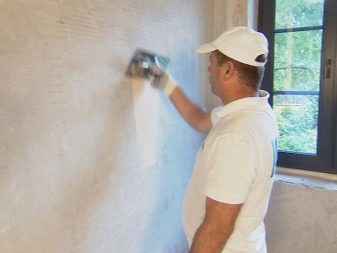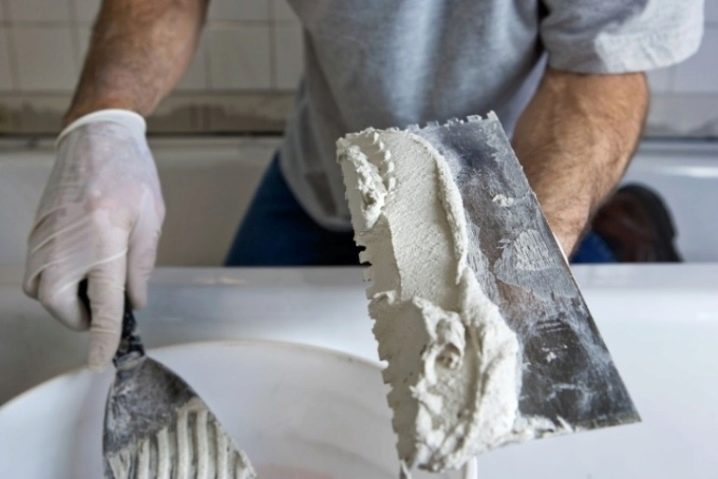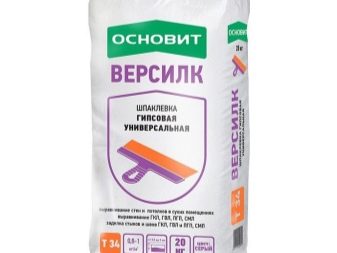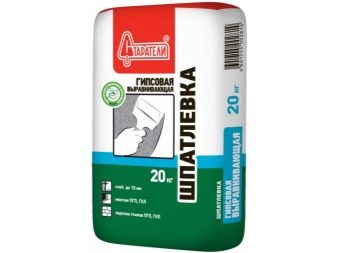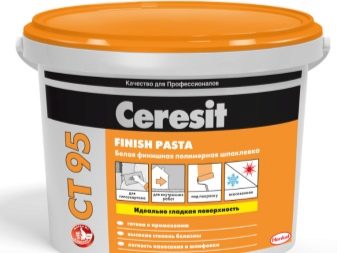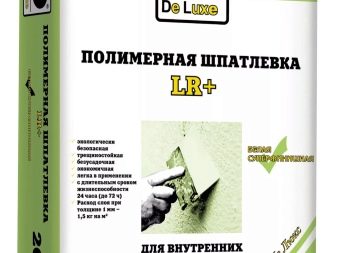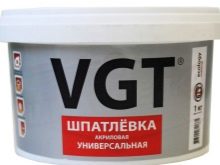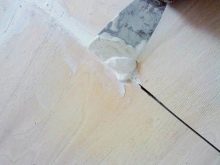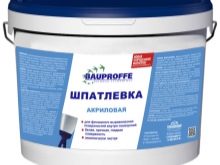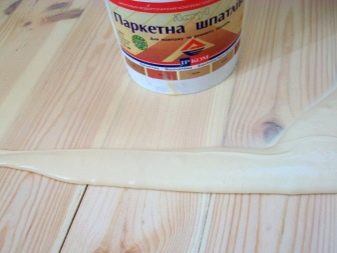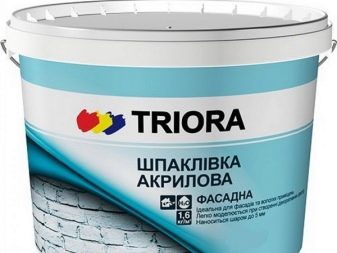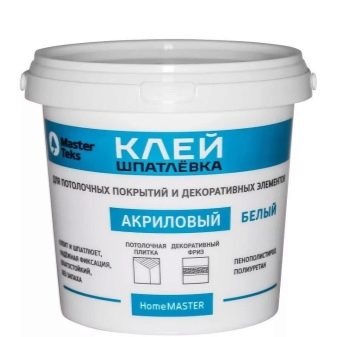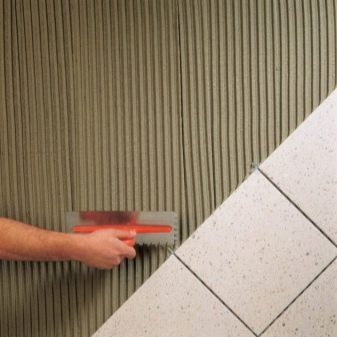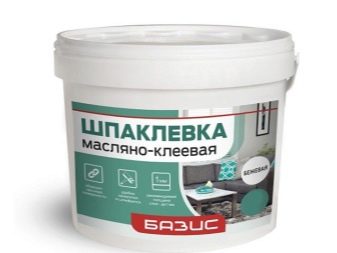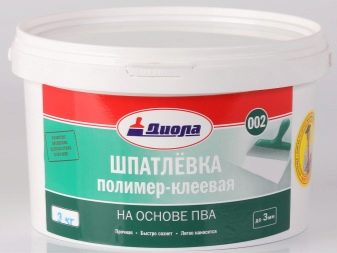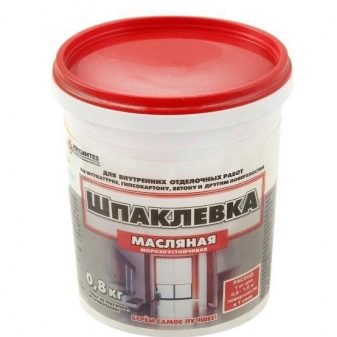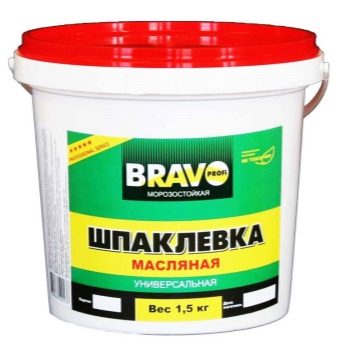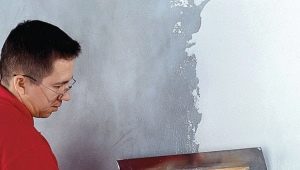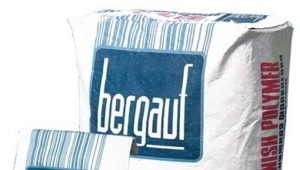Filling for interior work: types and characteristics
Putty for interior work is widely used for finishing all types of residential, industrial and public buildings. The material is presented in a huge range, which allows you to choose a mixture for every taste and budget.
Purpose
On the modern construction market there are several types of mixtures, differing in their purpose and place of use.
Leveling
The material is used for starting coarse-relief coating. It is characterized by coarse inclusions and the need to apply the mixture in a thick layer. With the help of this type of putty, you can eliminate deep gouges, chips, seams between sheets of drywall, large cracks and height differences. The mixture is applied to the plaster in several layers, the total thickness of which can be up to 1.5 cm.
The putty can eliminate the deformation and curvature of surfaces up to 7 mm. The putty base has a rough structure and is subject to further finishing with a finishing solution.
Finishing
This material is used for applying a layer of finishing finish, with further application of decorative coatings. A mixture of fine-grained and plastic. It allows to reach with its help ideally smooth surfaces. The solution should be applied to the dried draft layer with a thickness of 0.5-2 mm.
Universal
This mixture has a medium-grained structure and is used for carrying out both starting and final finishing. The material effectively levels problem bases. It can be used to eliminate inter-tile seams, grooves from screws and chips. The solution is used to finish the walls and ceilings at any stage of its implementation.
Release form
Putty products are available in both dry and ready to use form. Dry formulations require self-preparation, which is to add a certain amount of water and thorough mixing. The advantages of powdered material include:
- low cost;
- dilution of the amount of the mixture that is needed at the moment;
- long shelf life in unpacked package;
- the ability to store putty at any temperature.
The disadvantages include the quick setting of the finished solution and the impossibility of its further use, as well as the need for exact proportions when diluted. Otherwise, the mixture will lose its operational properties, and the filler will not give the expected result.
Ready-made formulations are fully usable. - they do not require additional dilution with water. The advantage of the mixture is high elasticity and easy application to the surface of walls and floor.
The solution can be stored for a long time in an opened jar, but the main condition will be compliance with the temperature and tight closure of the lid. The downside is the high price of the material.
Composition
By type of basic binder, putty for interior work are divided into several types.
Cement
This type has high strength. It can be used in unheated, wet and blown industrial premises. Often, gypsum, lime and polymers are added to the cement mixture, which gives the material additional flexibility, and also reduces the drying time of the mortar.
Cement putty can be finished stone, brick, plastered and concrete base. The material has a low cost and a long period of setting, which allows you to easily fix the defects of the finish, without fear of instant solidification of the composition. The disadvantages of cement mixtures include coarse-grained structure, as well as the likelihood of shrinkage and cracking during the drying process.
Plaster
Hard putty represents dry mix with fine structure, which includes supplements in the form of:
- polymer additives;
- mineral filler;
- sand;
- marble chips.
On the basis of gypsum, finishing, starting and universal putties are produced, with the help of which it is convenient to finish the tile joints of the gypsum board, slots and small cracks, as well as to produce a pre-alignment of walls and ceilings. The material is absolutely safe, thanks to which it is recommended for use in residential and public spaces.
The surface formed from plaster has high adhesion, which allows its use in combination with any kind of decorative coating. Gypsum putty has good ventilation qualities, so the walls have the ability to "breathe." This prevents mold and mildew.
The advantage of this type is the ability of the material to maintain the indoor humidity of the air, as well as create a comfortable microclimate.
Also there is a small consumption of gypsum mixture in comparison with other types of putty compositions, no shrinkage and cracking of the surface after drying.
The disadvantages of gypsum plaster include:
- very fast setting;
- low resistance to mechanical stress;
- high hygroscopicity of the material, which makes it impossible to use it in rooms with high humidity.
Gypsum has a low adhesion to concrete bases, so when finishing such a surface requires additional priming.
Polymer
This material has a latex or acrylic base. When dried, it forms a smooth, uniform layer. Putty with polymers used for application to:
- stone;
- brick;
- plastered;
- plasterboard surfaces.
The mixture is widely used to eliminate minor defects of the walls inside the room, as well as repair the screed for the "warm floor" system.
Acrylic composition suitable for work on concrete and penoplex.The polymer surface is easy to grind, does not shrink, does not crumble, has excellent resistance to extreme temperatures, as well as to thermal pumps.
The composition has high adhesion rates and is well applied to the substrate, due to which it can be used for self-repair by people with no experience in repair and construction work. The material does not contain toxic components and can be used in residential areas.
The disadvantages are the short setting time of the mortar and the high cost of putty. The application of the composition should be carried out in several layers, the thickness of each of which should not exceed 1 mm. This will avoid cracking the formed surface during drying.
Glue
The composition of this material includes:
- glue;
- a piece of chalk;
- linseed oil.
The mixture is highly elastic. It is suitable as a finishing finish before painting.
Oil-adhesive putty is a type of adhesive. It consists of gypsum, water, linseed oil and plasticizers. The solution is well applied, and also perfectly eliminates the unevenness of the base, forming a perfectly smooth surface.
Oily
The material includes linseed oil, chalk and substances that accelerate the process of drying and film formation - desiccants. This putty is elastic, frost and moisture resistant, which allows it to be used for finishing wooden surfaces such as window sills, doors, floors and window frames.
A competent choice of putty for interior work will help to create a perfectly flat surface, and will allow you to prepare the basis for applying a decorative coating.
On how to make a solid putty from the usual construction, you will learn further.
